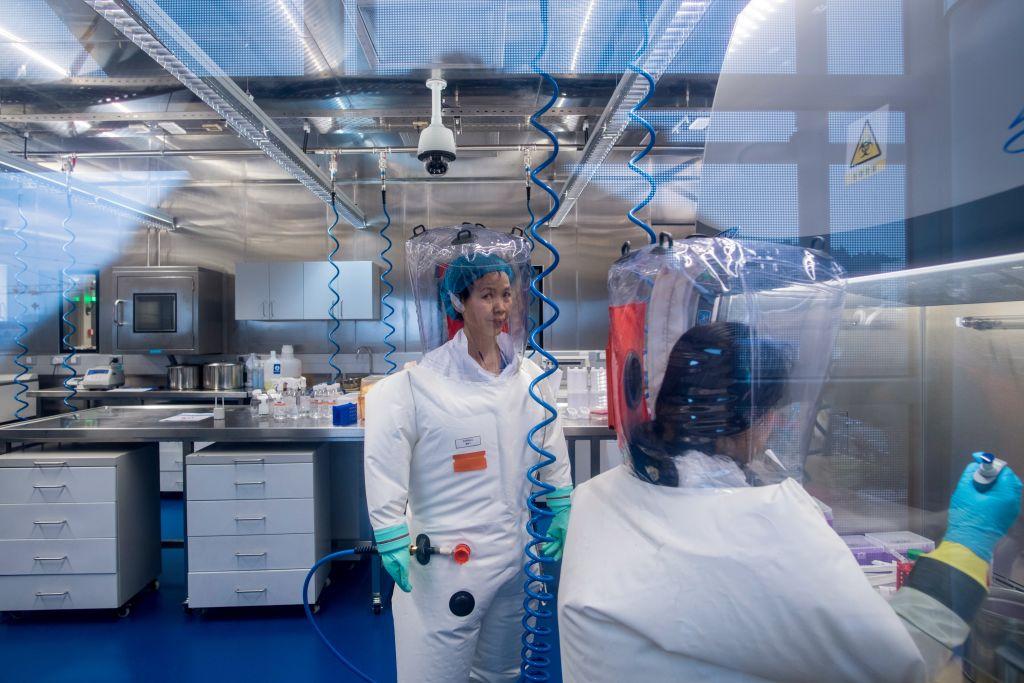Throughout the world, scientific research and experiments involving ethical issues must first pass the scrutiny of ethics committees. In recent years, the Chinese Communist Party (CCP) has conducted many experiments in the field of biomedical and genetic engineering that break human ethical boundaries.
China began implementing the Ethical Review of Biomedical Research Involving Humans on Dec. 1, 2016. However, 122 Chinese scientists who co-signed an open letter in 2018 to oppose gene-edited babies criticized China’s biomedical ethics review as a “sham.”





